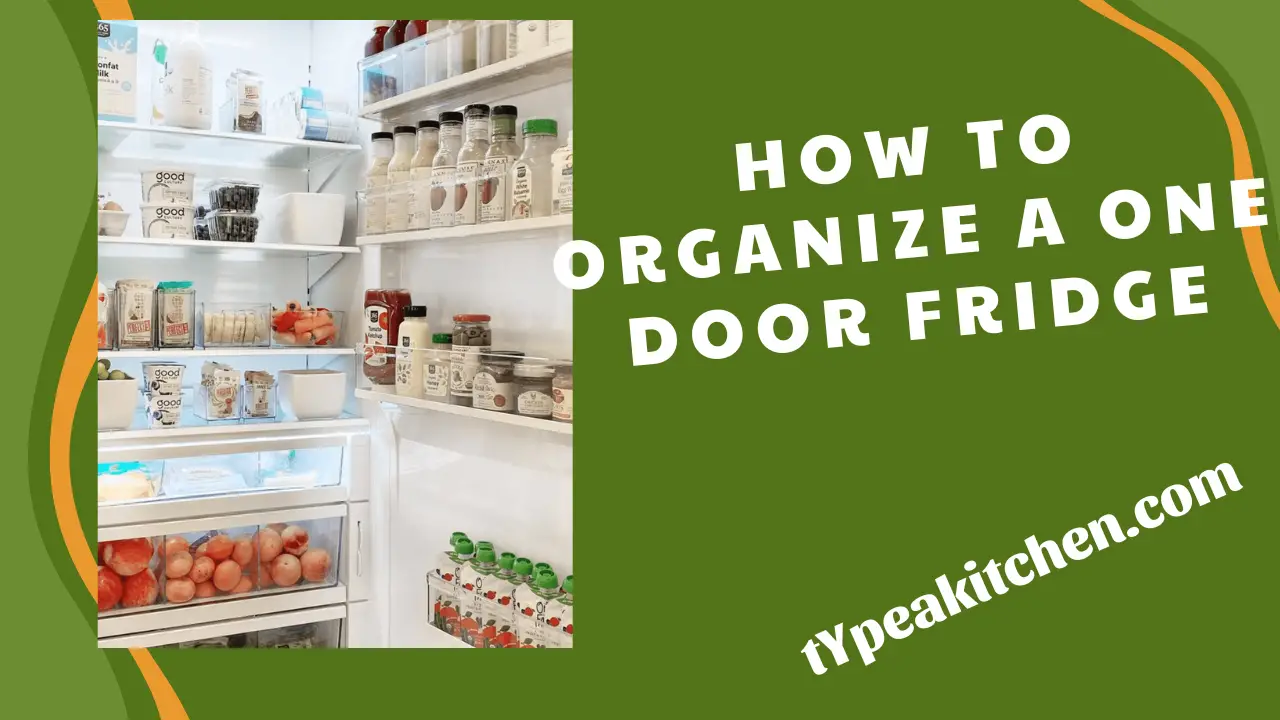Introduction:
Organizing a one-door fridge can be a challenging task, especially with limited space. However, by implementing some simple strategies and smart organization techniques, you can maximize the efficiency of your refrigerator and keep your food items fresh for longer.
When it comes to organizing a one-door fridge, the first step is to declutter and remove any expired or unnecessary items. Once you have cleared out the clutter, consider grouping similar items together. Another important aspect of organizing a one-door fridge is proper storage techniques. Utilize clear containers or bins to store smaller items like sauces or dressings so they don’t get lost or forgotten in the back of the shelf. Make sure to label these containers for easy identification. Additionally, utilize stackable organizers or adjustable shelves to maximize vertical space within your fridge. This allows for better visibility of all items while preventing them from toppling over each other.
Overview of How to organize a one-door fridge:
When it comes to organizing a one-door fridge, there are a few key factors to consider. First and foremost, it’s important to prioritize food safety by keeping raw meats separated from other items. This can be achieved by designating specific shelves or areas for different types of foods. In addition to separating different food categories, maintaining proper temperature zones within the fridge is crucial. The door shelves tend to have higher temperatures due to frequent opening and closing, making them ideal for storing condiments or bottled beverages rather than perishable items. Meanwhile, the lower shelves are colder and should be reserved for dairy products, eggs, and leftovers.
By following these simple guidelines – separating foods properly, maintaining temperature zones appropriately, and utilizing storage containers effectively – you’ll be able to organize your one-door fridge in a way that optimizes both the functionality and freshness of your groceries.
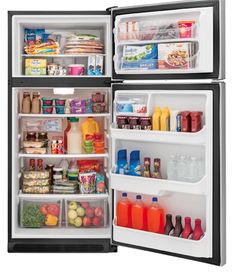
10 ways to organize a one-door fridge:
1. Clean and Declutter Regularly:
Cleaning and decluttering your fridge regularly are essential for maintaining a healthy and organized kitchen. When it comes to organizing a one-door fridge, there are several steps you can take to maximize space and improve efficiency. Firstly, start by emptying the entire contents of the fridge onto your countertop. Next, wipe down all the shelves and drawers with a mild cleaning solution. Lastly, make sure to regularly check expiration dates on food items and toss anything that has gone bad. By keeping a clean and decluttered one-door fridge, you’ll not only be able to easily find what you need but also prevent food waste and maintain a healthier living environment in your kitchen.
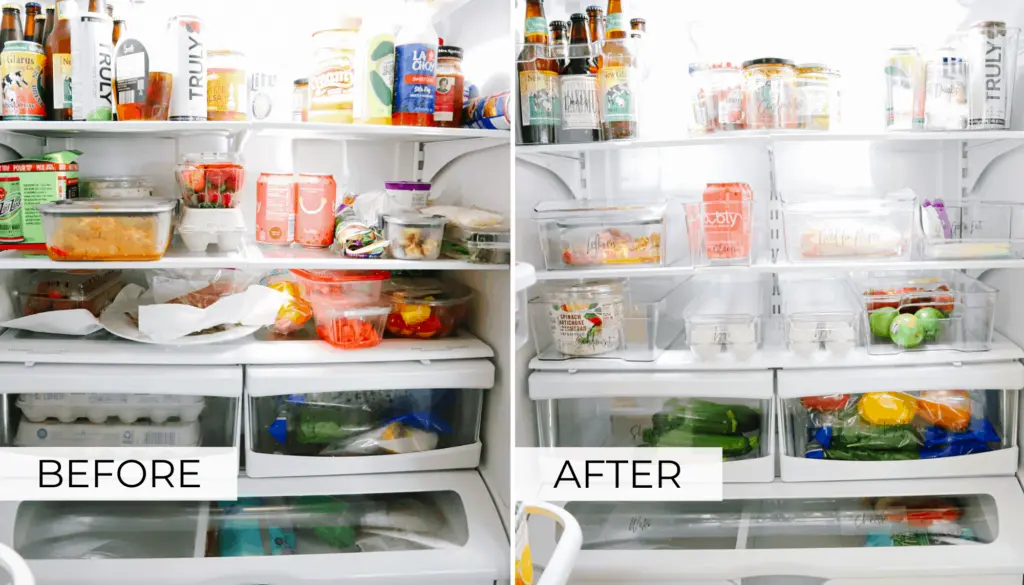
2. Use Clear Containers:
Use clear containers to maximize space and keep your one-door fridge organized. Clear containers allow you to easily see what’s inside, making it simple to find what you need without rummaging through the fridge. Invest in a variety of sizes and shapes of clear containers to fit different types of items, such as fruits, vegetables, condiments, or leftovers. This will help prevent food from getting lost or forgotten in the back of the fridge. Additionally, using clear containers can help prolong the freshness of your food.
3. Categorize Items:
Categorizing items is an essential step in organizing a one-door fridge to maximize space and efficiency. One way to categorize items is by grouping them based on their type or purpose. Another approach to categorizing items in a one-door fridge is based on their expiration dates. It’s important to regularly check for expired or spoiled food to maintain a clean and healthy environment. Consider placing newly purchased or recently cooked food towards the back of the fridge so older items are used before they expire.
4. Utilize Door Space:
When it comes to organizing a one-door fridge, making the most of the limited space available is crucial. One effective way to do this is by utilizing the door space efficiently. Start by installing adjustable shelves or adding organizers specifically designed for fridge doors. These additional compartments can hold condiments, sauces, and small bottles securely in place, ensuring easy access whenever needed.
5. Adjust Shelves:
Adjusting the shelves in a one-door fridge is an essential step in creating an organized and efficient storage system. By strategically positioning the shelves, you can maximize the available space and ensure easy access to all your food items. Start by evaluating the height of each shelf and consider the types of items you frequently store. For example, if you often have taller bottles or containers, it may be beneficial to adjust one or two shelves to accommodate them.
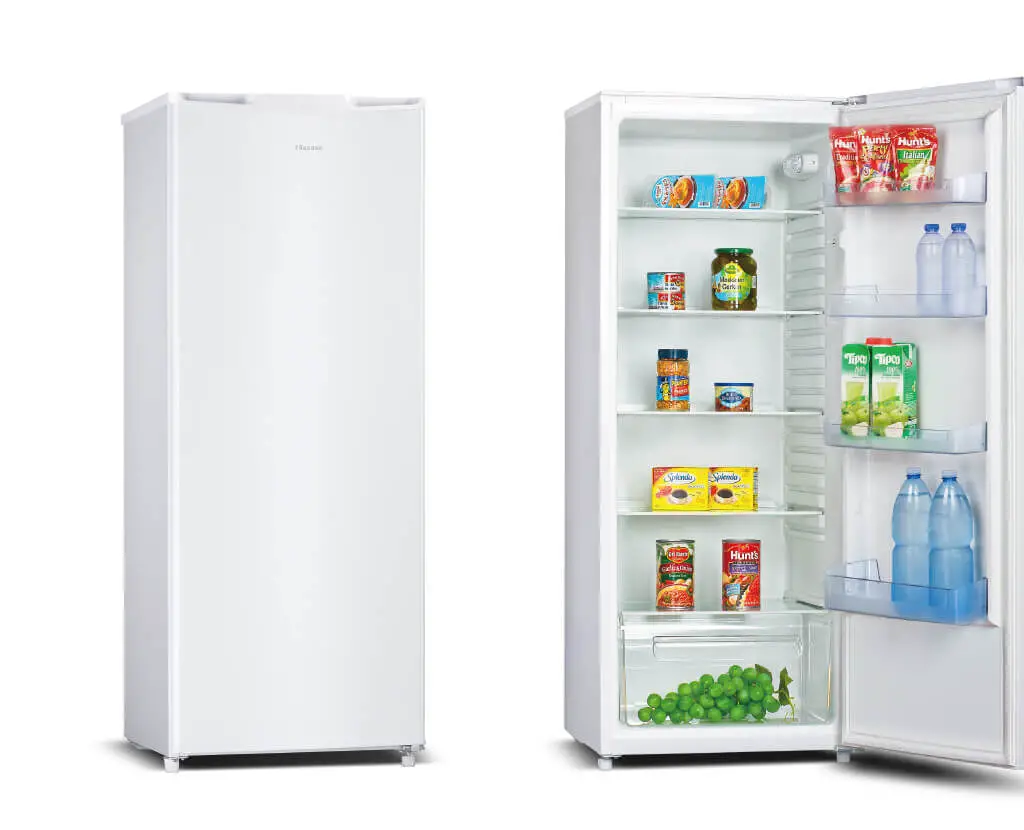
6. Keep Raw and Cooked Foods Separate:
When it comes to organizing a one-door fridge, it is crucial to keep raw and cooked foods separate. One effective way to achieve this is by designating specific areas or shelves for each category. For instance, placing all raw meats, poultry, and seafood in sealed containers on the lower shelves can prevent any potential leakage onto other foods or surfaces. Similarly, keeping cooked foods on higher shelves away from raw items minimizes the chances of bacteria transfer.
7. Use Drawer Dividers:
One of the easiest ways to keep your one-door fridge organized is by using drawer dividers. These dividers allow you to separate different types of food and beverages, making it easier to find what you need when you open the fridge. For example, you can use a divider to create separate sections for fruits and vegetables, dairy products, condiments, and leftovers. This not only helps in keeping everything in its place but also prevents cross-contamination between different types of food.
8. Label and Date Items:
One important step in organizing a one-door fridge is to label and date all items. Use small adhesive labels or sticky notes to mark each container with the name of its contents. Additionally, it is crucial to write the date on perishable items such as leftovers, fruits, vegetables, or dairy products. This helps minimize food waste and ensures that you are using fresh ingredients in your meals.
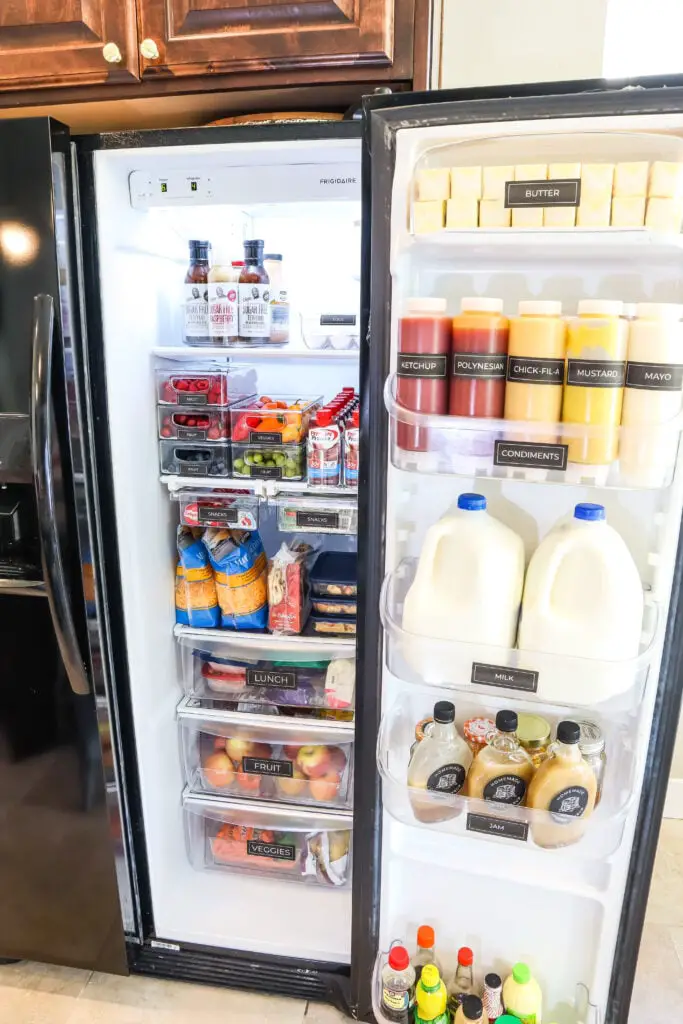
9. Rotate Items Regularly:
One of the key strategies for organizing a one-door fridge is to regularly rotate the items inside. This ensures that older items are used before they expire and new ones are placed at the back. By doing so, you can prevent food waste and save money in the long run. Additionally, rotating items allows for better visibility of what you have on hand, making it easier to plan meals and grocery shopping.
10. Temperature Zone Management:
Typically, a one-door fridge consists of three main zones: the upper shelf, middle shelf, and lower shelf. The upper shelf is known as the coldest zone in the fridge and should be reserved for storing perishable items that require low temperatures such as dairy products, meats, and seafood. The middle shelf is slightly warmer than the upper shelf and can be used for storing leftovers, drinks, or other items that do not require extremely cold temperatures. Lastly, the lower shelf tends to be the warmest zone in a one-door fridge. This area is ideal for storing fruits, vegetables, condiments, or any items that only need light chilling.
Conclusion:
Organizing a one-door fridge can be a simple and efficient process by following these steps. First, clean out the fridge and discard any expired or unnecessary items. Next, group similar items together and use bins or containers to keep them organized. Utilize the different shelves and compartments in the fridge to maximize storage space. Labeling items and regularly checking for freshness can also help maintain an organized fridge. By implementing these strategies, you can save time and reduce food waste while keeping your one-door fridge neat and easily accessible. Start organizing your fridge today for a more streamlined and efficient kitchen experience!

